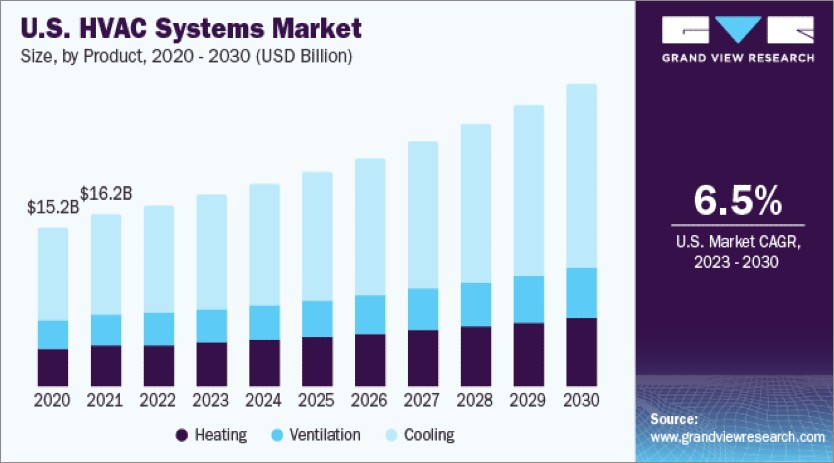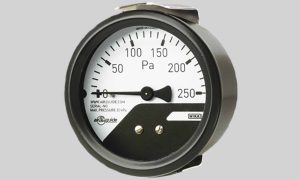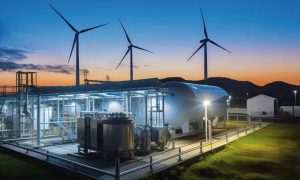Global HVAC systems market size valued at USD 136.3 billion in 2022 is projected to grow at a CAGR of 6.3 percent from 2023 to 2030.
Varied climatic conditions and the need to maintain ambient environment in a building is a key trend expected to impact the heating, ventilation, and air conditioning systems market over the forecast period. In recent times, availability of smart features and energy efficiency have been key purchase criteria for most customers, and the trend is expected to gain traction over the next few years. Although the prospects look supportive, the supply chain shortages amidst the pandemic impacted the market for HVAC systems in 2020; however, the market entered recovery from H32020 onwards as manufacturing activities gradually resumed post a strict lockdown.
In the Asia Pacific, the market for HVAC systems is anticipated to witness healthy growth over the mid-term. An increase in multi-family and individual homeowners is creating avenues for future growth. The HVAC industry is gradually shifting focus on energy efficiency. Green initiatives are the focus area for several OEMs with an emphasis on saving money while reducing greenhouse emissions. Therefore, over the recent years, there has been a shift toward eco-friendly HVAC units. This includes products that consume less power and operate on renewable sources of energy thereby reducing energy costs.
As such over the last few years the use of geothermal cooling and heating equipment has been on a rise, subsequently reducing dependence on fuel-based equipment. Customer inclination towards comfort is creating avenues for growth. To meet the demand OEMs are developing products that are not just energy-efficient but also incorporate the latest technologies offering better connectivity. Today buildings constructed are “green” resulting in an increase in installations of thermostats, sensors, and smart meters that can be controlled from a smartphone or PC. The software enabled HVAC systems are also trending, and are expected to create opportunities over the forecast period. Technology is slowly making in-roads in the HVAC field, creating favourable long-term growth avenues.
Product insights
According to the data published by the International Energy Agency (IEA), cooling accounts for over 10 percent of the world’s electricity consumption. The statistics are huge and probably explain why the cooling segment has dominated the HVAC (Heating, ventilation, and air conditioning) equipment market over the years. Growing population and disposable incomes particularly in the hotter regions globally have instigated the usage of air conditioners, subsequently favouring the demand for cooling systems such as air conditioners (AC), unitary ACs, etc. The cooling segment from 2023 to 2030 is projected to grow at an approximate CAGR of 6.6 percent.
Apart from cooling, heating is also a major segment exhibiting gradual growth over the years. As of 2022, the segment captured over 28.2 percent share of the market. The segment over the long term is projected to gain traction as the market gradually transitions from a fuel-based working model to efficient low-carbon solutions. Further, the proliferation of solar-based heat pumps will also create avenues for segment growth over the forecast period.
End use insights
The residential segment dominated the market for HVAC systems and accounted for the largest revenue share of 39.9 percent in 2022. An increase in multi-family and individual homeowners is creating avenues for the residential HVAC segment. As such in 2021 the segment was approximately valued at more than USD 50.0 billion. In developed parts of the world, the demand for residential HVAC (Heating, ventilation, and air conditioning) is expected to be more or less stagnant. However, the demand from newer markets particularly developing markets will be slightly on a higher end. This is primarily ascribed to the growing population in emerging markets and market maturity in developed markets.
Commercial HVAC space offers huge opportunities for growth. The segment is projected to grow at a CAGR exceeding 6.8 percent from 2023 to 2030. Several trends including green & smart technology to automated systems are expected to play a pivotal role in shaping the future of commercial HVAC market.
Asia Pacific dominated the HVAC systems market and accounted for a revenue share of 46.3 percent in 2022. Increasing urbanization, growing population, and increasing consumer disposable income are key success factors to the region’s tremendous growth over the years. Lately, the commercial sector has been growing creating prospects for future regional growth.
Source – https://www.grandviewresearch.com/industry-analysis/hvac-equipment-industry
Cookie Consent
We use cookies to personalize your experience. By continuing to visit this website you agree to our Terms & Conditions, Privacy Policy and Cookie Policy.















